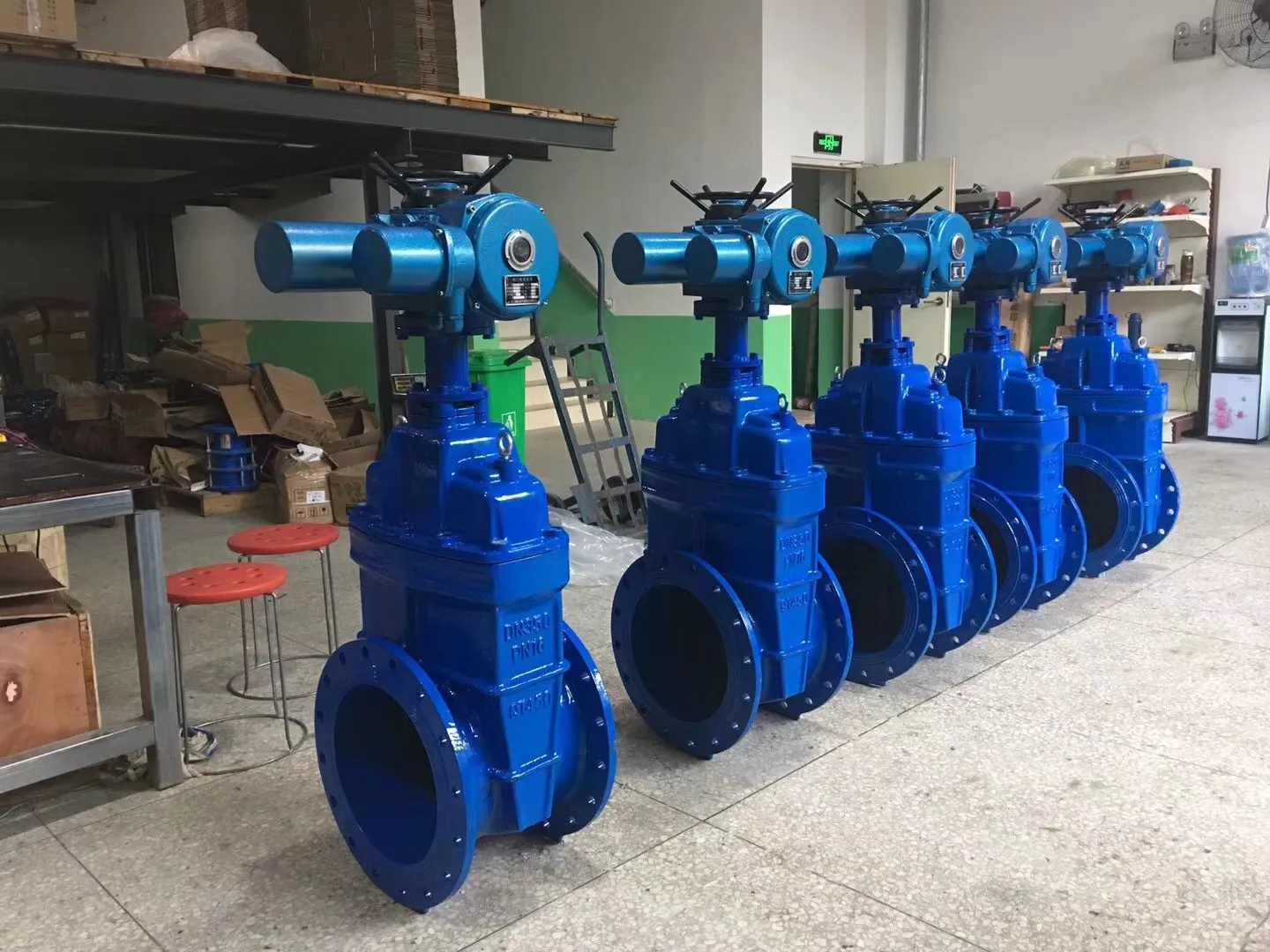Nov . 01, 2024 00:32 Back to list
Ground Anchor Installation Techniques for Secure Fixings and Reliable Support Systems
Ground Anchor Fixings Essential Components for Structural Stability
Ground anchor fixings are integral parts of construction and civil engineering that ensure the stability and safety of various structures. These fixings, also known as ground anchors or soil anchors, are designed to provide a secure connection between a structure and the ground, effectively resisting forces that could lead to displacement, tilting, or collapse. As urbanization and infrastructure projects continue to grow, understanding the importance and application of ground anchor fixings becomes crucial for engineers and constructors alike.
Ground anchors work by transferring loads from a structure into the ground, leveraging the soil's natural resistance. They typically consist of three main components the anchor itself, the tendon, and the bearing plate. The anchor is often embedded deep within the soil, taking advantage of the ground's friction and cohesion to hold it in place securely. The tendon, which can be made from steel or synthetic materials, connects the anchor to the structure above, while the bearing plate distributes the load across a larger surface area to prevent local failure.
One of the key advantages of ground anchor fixings is their versatility. They can be used in a variety of applications, including retaining walls, bridges, and even temporary structures like scaffolding. In situations where traditional foundations may not be feasible due to space constraints or geological conditions, ground anchors offer a reliable alternative. Additionally, they can be used to stabilize slopes and prevent erosion, making them invaluable in geotechnical projects.
ground anchor fixings

The installation of ground anchor fixings requires careful planning and execution. Engineers must assess soil conditions, design anchor systems based on expected loads, and perform rigorous testing to ensure structural integrity. Methods like grouting or drilling are commonly employed to install anchors, and the success of these installations is often monitored over time to ensure they continue to function as intended.
Moreover, with advancements in technology, the design and installation processes of ground anchor fixings have become more efficient. Innovations such as real-time monitoring systems allow engineers to track performance and adjust as necessary, enhancing safety and reliability. As sustainability becomes increasingly important in construction, the use of ground anchor fixings can also contribute to more environmentally friendly building practices by reducing the need for extensive excavation and minimizing the ecological footprint of projects.
In conclusion, ground anchor fixings are vital components that provide structural stability across a range of applications. Their ability to adapt to various conditions and effectively transfer loads makes them an essential consideration in modern construction and engineering. As technology evolves, the methods of implementing these anchors will continue to improve, highlighting the significance of ground anchor fixings in creating safe and durable structures.
-
Y Type Strainer Maintains System Efficiency Long TermNewsJul.15,2025
-
Valve Selection Guide for Industrial ApplicationsNewsJul.15,2025
-
Steel Fab Table Provides Durable Work Surface for WeldingNewsJul.15,2025
-
Pad Iron Provides Stable Support for Heavy MachineryNewsJul.15,2025
-
One Inch Check Valve Fits Standard Plumbing SystemsNewsJul.15,2025
-
Measuring Micrometer Ensures Precise Dimensional AccuracyNewsJul.15,2025
Related PRODUCTS









